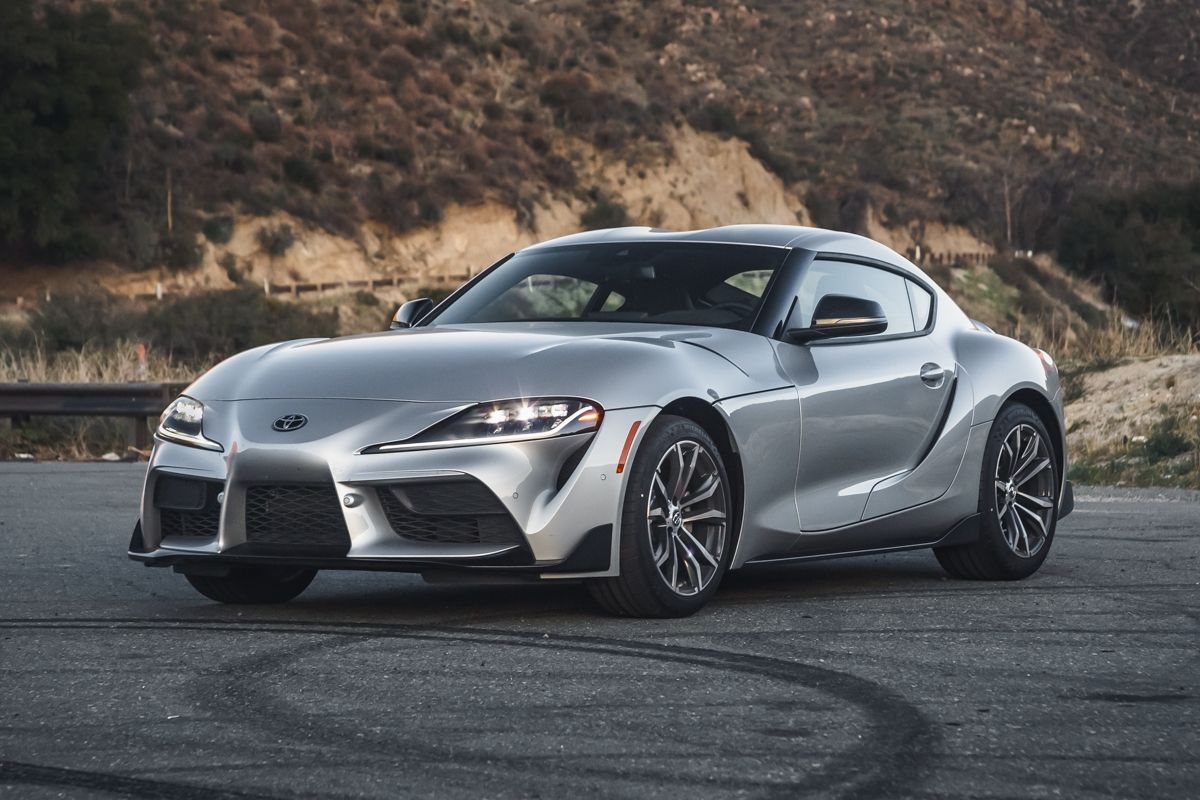In a turbocharged car, the intercooler plays a very important role. An air-to-air intercooler takes the heat generated from compressed air and feeds it through a network of tubes with cooling fins - that's the center part of an intercooler. Then, the cool, surrounding air absorbs the heat from the cooling fins, feeding it into the intake manifold. It's arguably just as important to the turbocharging process as the turbo itself.
Unfortunately, it's rather hard to see them working. Intercoolers like the one found on the Toyota Supra are usually hidden behind bumpers, crash supports, and sometimes radiators (Volkswagen, lookin' at you). Youtuber Warped Perception decided to change that, building an intercooler with clear end tanks for his Supra. The results were spectacular.
The channel has made a name for itself with wild automotive concepts and builds, like a jet-powered Tesla Model 3. There's also some real engineering behind the work, as evidenced by the channel's intercooler build. Previously, the channel found out that the intercooler wasn't holding the boost from the turbo well enough, which necessitated some new metal top plates.
With those installed, it was off to AMS Performance for a dyno test. The pair used a fog machine to illustrate the effects of the intercooler, which worked incredibly well. You can see how the air is sucked into the turbo, cooled, and spat back out again. Of course, with it working so well, the only thing left to do was turn up the boost pressure.
Unfortunately, that ended rather spectacularly, with the cold side of the intercooler failing. It detonated, and was so loud you could "feel it in your chest." However, there were some interesting mechanical findings. The clear intercooler actually worked, as Warped Perception found out by hooking up temperature leads to the clear end tanks. At one point, you can see a temperature difference of nearly 100 degrees.
That difference is what helps a turbo work the way it does. Dense, hot air compressed by the turbo and cooled by the intercooler allows for a thicker air/fuel mix, which translates to more power. Well, until around 20 psi, at which point things started going bang. Oh well. It's not the first time we've seen a Supra blow up on the dyno, and it won't be the last.

